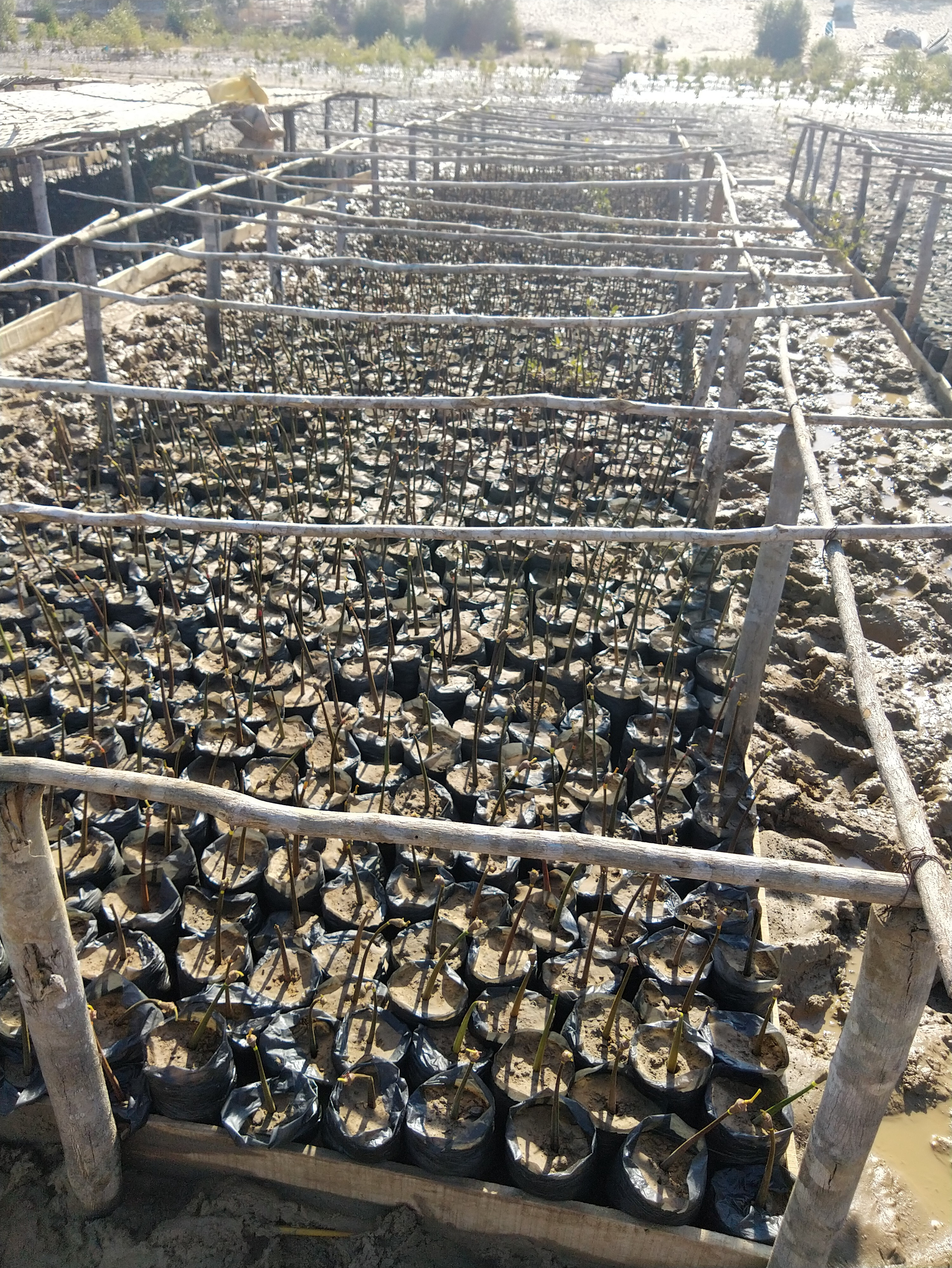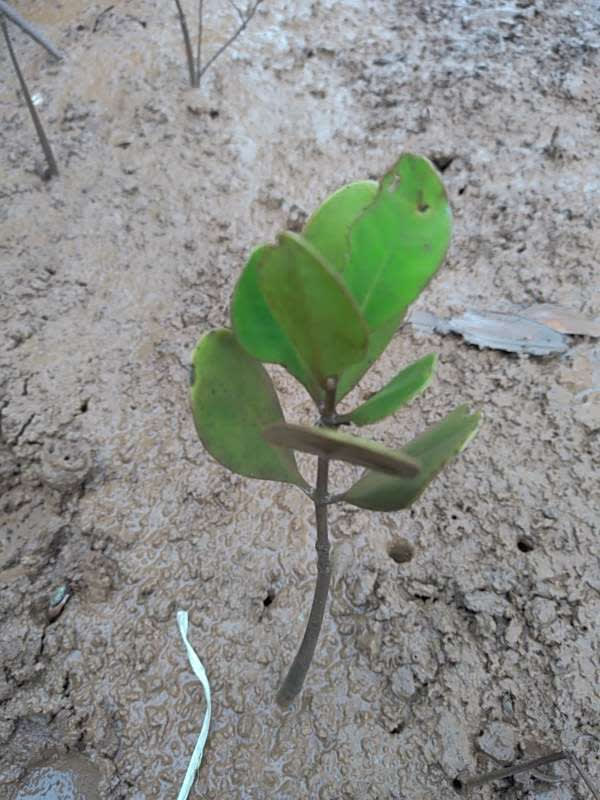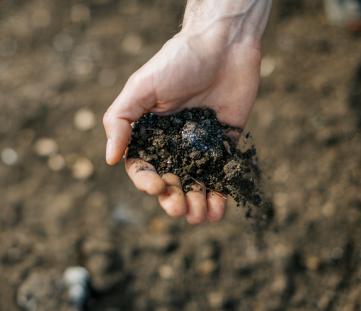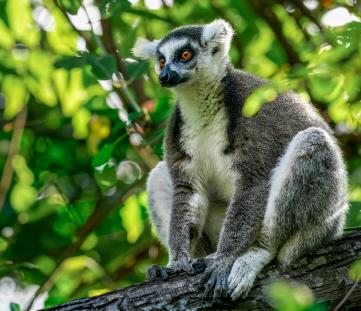ID: G7K-YDPW
ID: G7K-YDPW
Yellow Mangrove
Ceriops tagal
Photo
Madagascar
10:00 - 33°C
My connections
My ID card
Who am I?
Date of birth
04/04/2024
Name
Yellow Mangrove
Tree
Yellow Mangrove
Where am I located?
Country
Madagascar
Place of birth
Mahajanga
Coordinates
15° 45′ 22.21″ S
46° 22′ 52.23″ E
/46.38117538,-15.75617043,0/500x333@2x?access_token=pk.eyJ1IjoidG9tbWFzb3NwZXJvbmkiLCJhIjoiY2tnOTE3eW12MDJqazMybXNzOWV1YjloOSJ9.wtGsuDU7XIKjcv2cq8CiXw&logo=false&attribution=false)
My Timeline
The important moments in your tree's life.
Seed
It all starts with a tiny seed, nice and warm in the soil.
Nursery
Your seedling is big enough to be welcomed into one of our nurseries, along with many others.
Planted
We’re here! Your tree has reached its new home: it’s been planted by a smallholder, who’ll take care of it for years to come.
Photo
Strike a pose! Now that it’s big enough, here’s a photo of your tree!
My Gallery
Nursery

Planted
/46.38117538,-15.75617043,0/500x333@2x?access_token=pk.eyJ1IjoidG9tbWFzb3NwZXJvbmkiLCJhIjoiY2tnOTE3eW12MDJqazMybXNzOWV1YjloOSJ9.wtGsuDU7XIKjcv2cq8CiXw&logo=false&attribution=false)
46° 22′ 52.23″ E
Photo

Curiosity about me
The important moments in your tree's life.
Let's start with introductions
Grows up to 6-7 metres tall and is at home in coastal regions and swamps. Formerly widespread, the species has lost habitat where it might have grown in recent years. It is not yet listed as a threatened species, but it is feared that the effects of climate change may put its future at risk.
Meaning
Moving fast
In nature, yellow mangrove plantlings often have to grow rapidly in order not to be submerged at high tide. A yellow mangrove seedling may grow up to 60 centimetres in the space of 24 hours.

How much CO2 I’ll absorb
My estimated CO2 absorption capacity is based on the first 10 years of my life*
Current absorption
- 0 kg
2024
0 kg
2034
-50 kg
* The tree will continue to absorb CO2 even after the tenth year. Therefore this is a prudent estimate.
How I am useful to local communities

Soil
It improves the quality of the soil thanks to the nitrogen fixation process or it reduces soil erosion, thanks to its extended root system.

Biodiversity
It helps restocking various animal species, thus helping the variety of fauna and flora overall.
My benefits
40%
Food Security
The trees will bear fruits, some that will be edible immediately and others that can become edible through processing, ensuring food resources over time.
60%
Economic development
The trees' fruits and the products derived from their transformation can be traded in local networks, offering income opportunities.
20%
CO₂ Absorption
During its life cycle, each tree will absorb CO₂. The trees you plant can offset your emissions.
80%
Environmental protection
The trees are planted in agroforestry systems that favor the virtuous interaction between the different species and their positive impact on the environment and on the land.